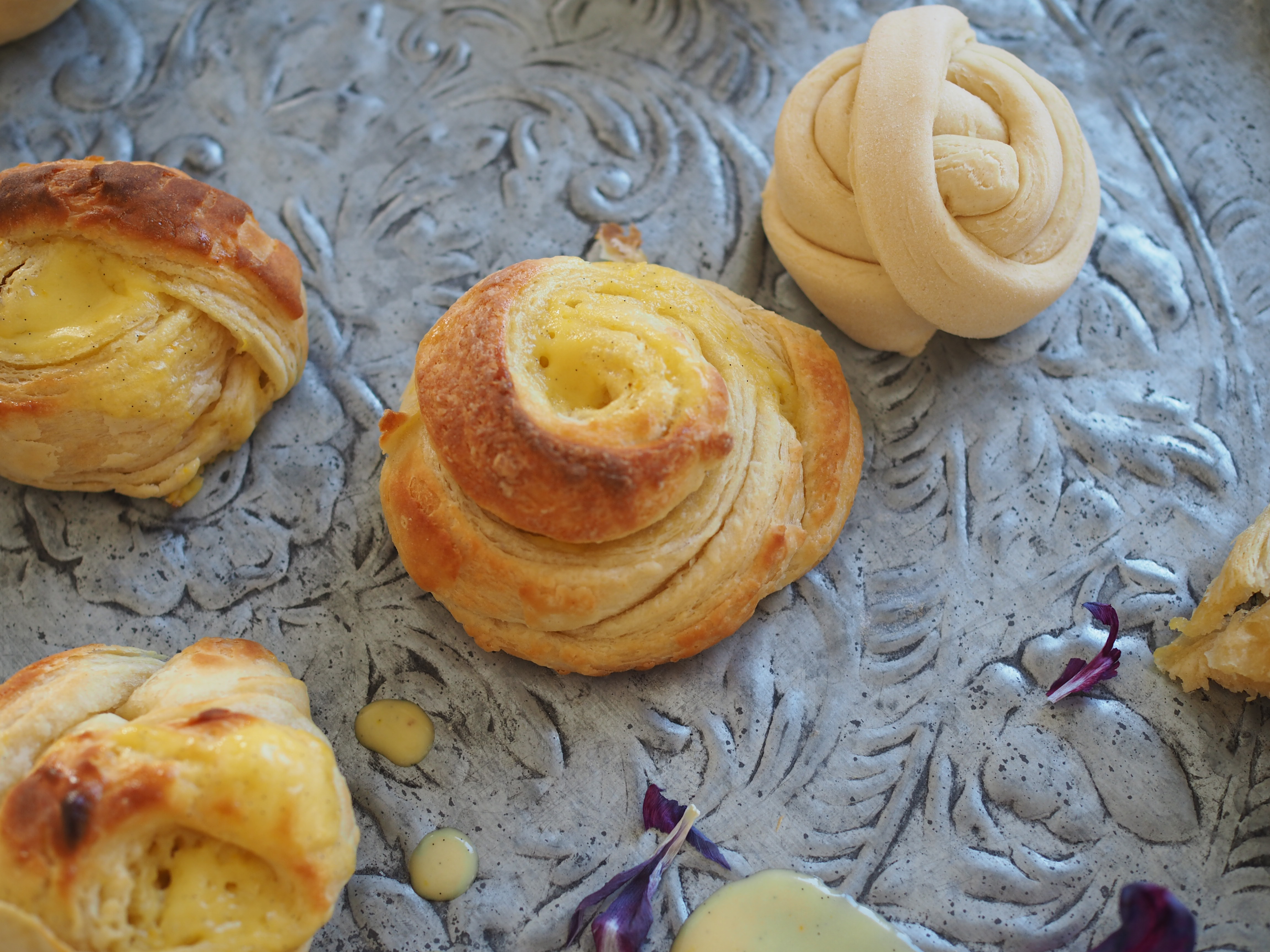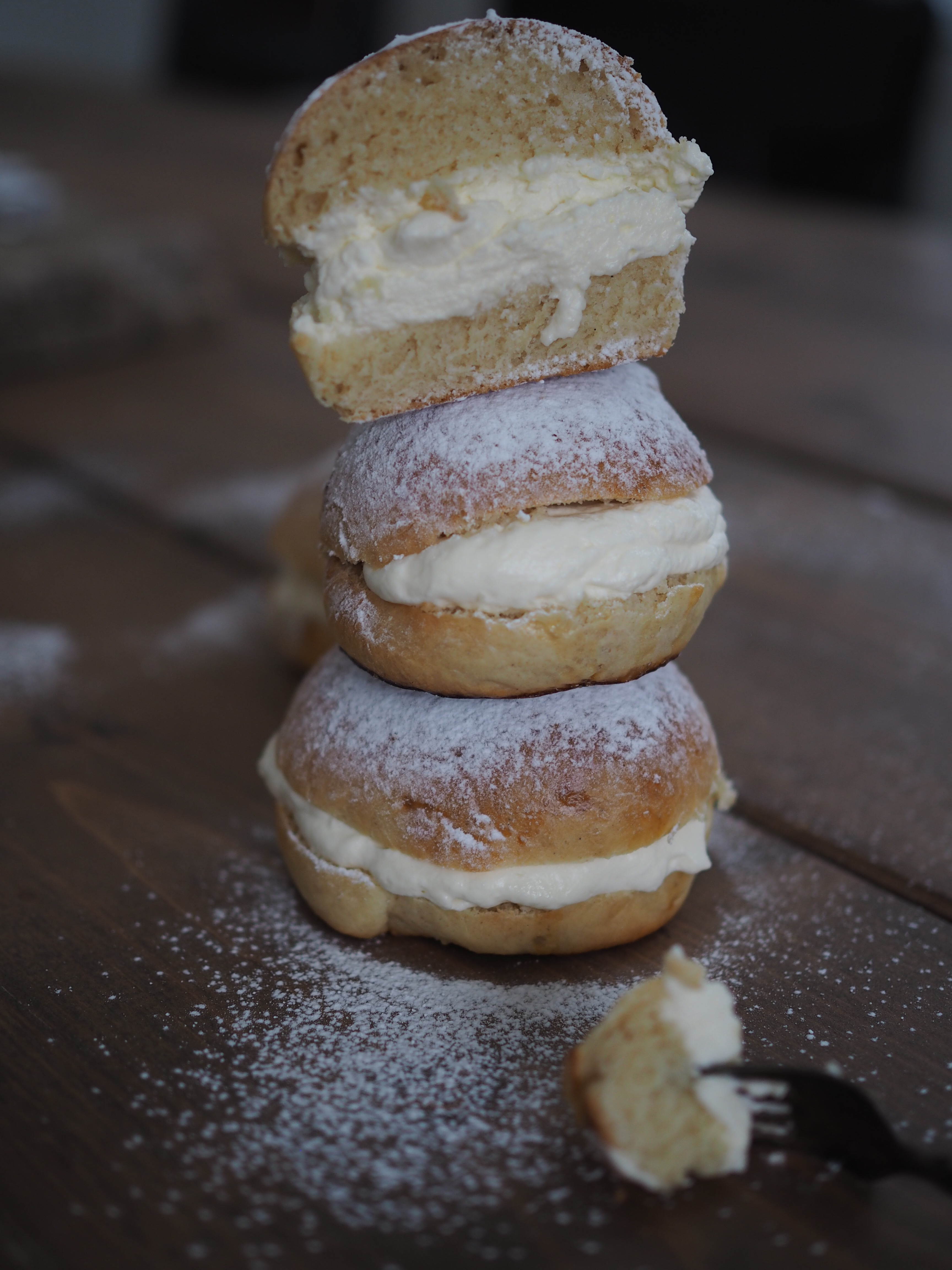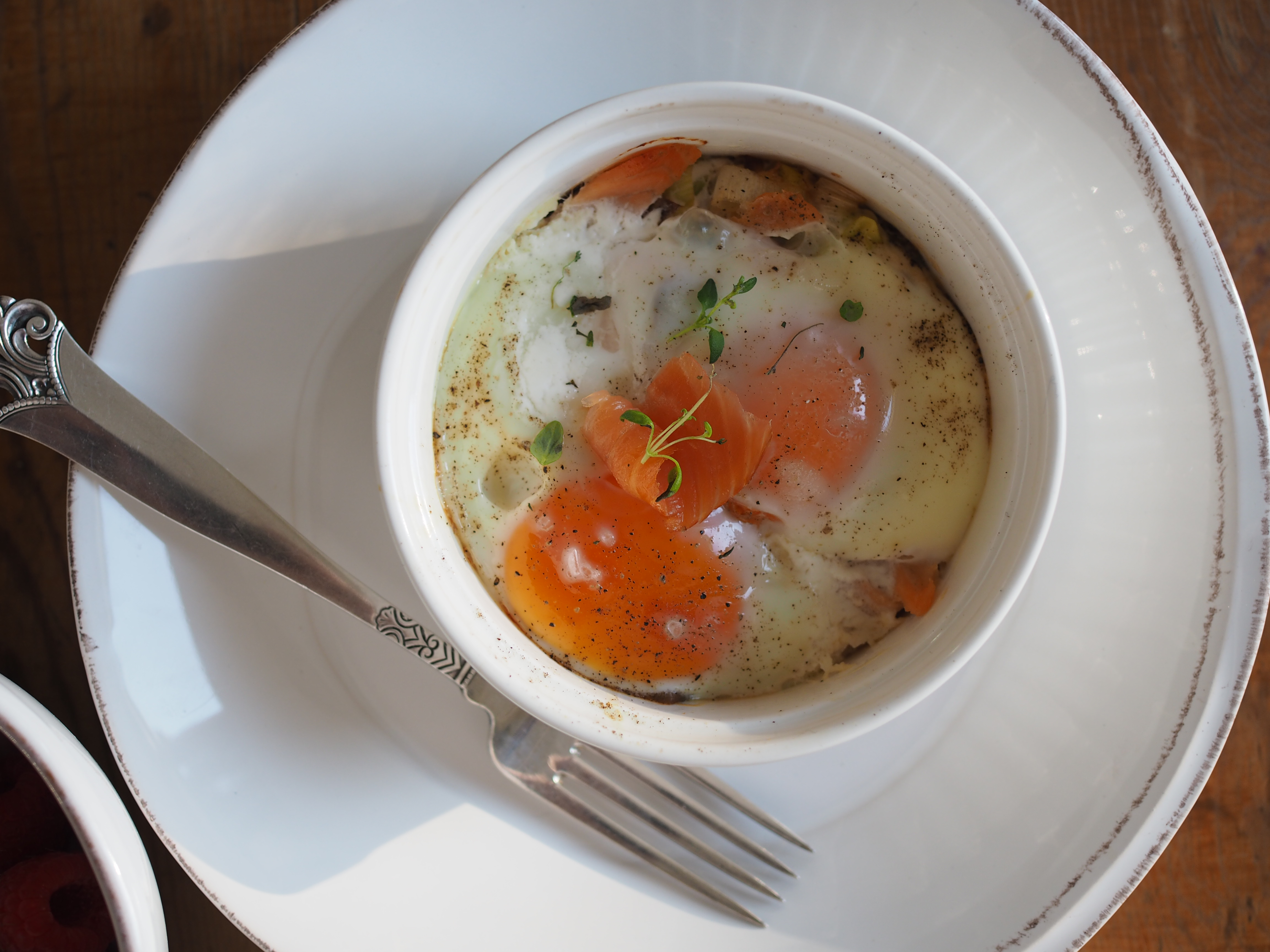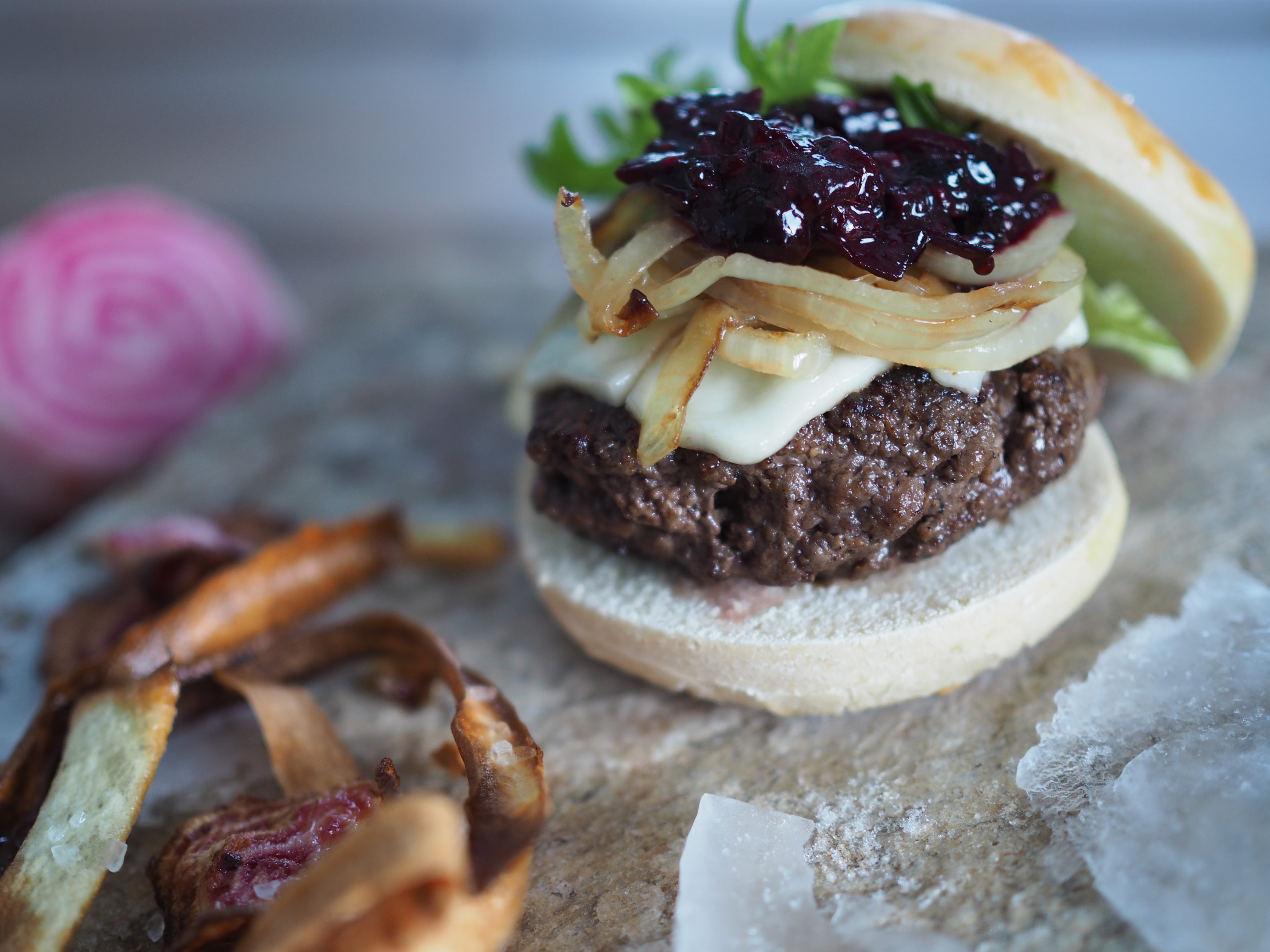
 As the sun rises, I find myself in the room I grew up in. The interior may have changed over the years I have been gone, but the memories have been imprinted across the walls, something that new paint cannot erase.
As the sun rises, I find myself in the room I grew up in. The interior may have changed over the years I have been gone, but the memories have been imprinted across the walls, something that new paint cannot erase.
Yearning for the new day, as every morning person does, I walk down to my favorite room in the house. Mom’s already in the kitchen. Stove warming, coffee brewing. Eggs being cracked along a well-worn bowl. Our family traditions are always evolving. We keep to a few habitual rituals, but otherwise, our tradition is to be untraditional. And as I sit back, I reflect on the traditions which families and cultures set. Questions about where they come from and what does our table say about the way we celebrate and embrace them dance around in my head. Food is the heart and soul of any celebration and taking the time to the understand what’s on our plate and why can be just as important as the celebration itself.
The Norwegian Easter, or Påske (from the Hebrew word pasach or passover), is a mixture of traditions stretching far back throughout the ages. The traditions stemmed out of evolving Lutheran practices, pre-Christian or heathen times, Judaism, and some from the era prior to the Reformation when Norwegians were Roman Catholics. The Easter egg, coming from an old heathen tradition symbolizing fertility, did not take hold in Norway until the 1900s, when keeping hens made it ways into the country’s animal husbandry. During fasting times, eggs were banned, so on Easter Sunday, people were once again allowed to eat boiled eggs for breakfast and this became known as the Easter egg. For Norwegians, the egg is a more natural symbol of rebirth and Easter than the bunny. For this was the time of year when hens began to lay eggs. (Science Nordic) (more…)


 The smell of melting butter amidst flaky dough fills the room. A slight hint of orange and vanilla. As I wait for the minutes to pass, I cozy up to my chair and read more about the famous pastry known in Norway as wienerbrød, or translated to viennese and commonly referred to as danish in English. The aroma is well-known across bakeries in Norway and the rest of Scandinavia. It’s a pastry that was indeed created from bakers in Denmark, but not solely by their own efforts. It was a result of inspiration and the borrowing of techniques, like most recipes today. By standing on the shoulders of others, they were able to create a new, inspired pastry.
The smell of melting butter amidst flaky dough fills the room. A slight hint of orange and vanilla. As I wait for the minutes to pass, I cozy up to my chair and read more about the famous pastry known in Norway as wienerbrød, or translated to viennese and commonly referred to as danish in English. The aroma is well-known across bakeries in Norway and the rest of Scandinavia. It’s a pastry that was indeed created from bakers in Denmark, but not solely by their own efforts. It was a result of inspiration and the borrowing of techniques, like most recipes today. By standing on the shoulders of others, they were able to create a new, inspired pastry.


 The concept of awakening later turned into an old tradition of waking early from bed and grabbing birch branches to then playfully spank those who were not yet awake. It was normal, up until far into the late 1900s, for children to whip their parents for fun and to be treated to a cream-filled bun afterwards. These buns are still eaten on Sunday.
The concept of awakening later turned into an old tradition of waking early from bed and grabbing birch branches to then playfully spank those who were not yet awake. It was normal, up until far into the late 1900s, for children to whip their parents for fun and to be treated to a cream-filled bun afterwards. These buns are still eaten on Sunday.






 Is it any wonder that the vafler we know today has its connection with something so sweet – something as sweet as honey. Indeed, the pattern of the iron plates is modelled after beeswax cakes from the hive. Vafler derives from the German word, wafel, meaning honeycomb. And this pattern originates from the 1220-1300s. During the 1600-1700s, the waffle iron could be found having a long handle, with a rectangular or heart-shaped iron plate, which could be used over a hearth. It wasn’t until much later that the cast iron became circular with the 5 hearts we are familiar with today. (Source:
Is it any wonder that the vafler we know today has its connection with something so sweet – something as sweet as honey. Indeed, the pattern of the iron plates is modelled after beeswax cakes from the hive. Vafler derives from the German word, wafel, meaning honeycomb. And this pattern originates from the 1220-1300s. During the 1600-1700s, the waffle iron could be found having a long handle, with a rectangular or heart-shaped iron plate, which could be used over a hearth. It wasn’t until much later that the cast iron became circular with the 5 hearts we are familiar with today. (Source:  There are many wonderful vafler recipes out there, and being somewhat of a newbie to the art of the nordic staple, I asked around for a solid recipe that I could springboard from. Without hesitation, my friend was quick to recommend a tried and true vafler recipe. Her family’s favorite. The one that superseded all the others. Of course, it had to be one of the world’s best. From the master’s collection. The Seamen’s Church (Sjømannskirken).
There are many wonderful vafler recipes out there, and being somewhat of a newbie to the art of the nordic staple, I asked around for a solid recipe that I could springboard from. Without hesitation, my friend was quick to recommend a tried and true vafler recipe. Her family’s favorite. The one that superseded all the others. Of course, it had to be one of the world’s best. From the master’s collection. The Seamen’s Church (Sjømannskirken).